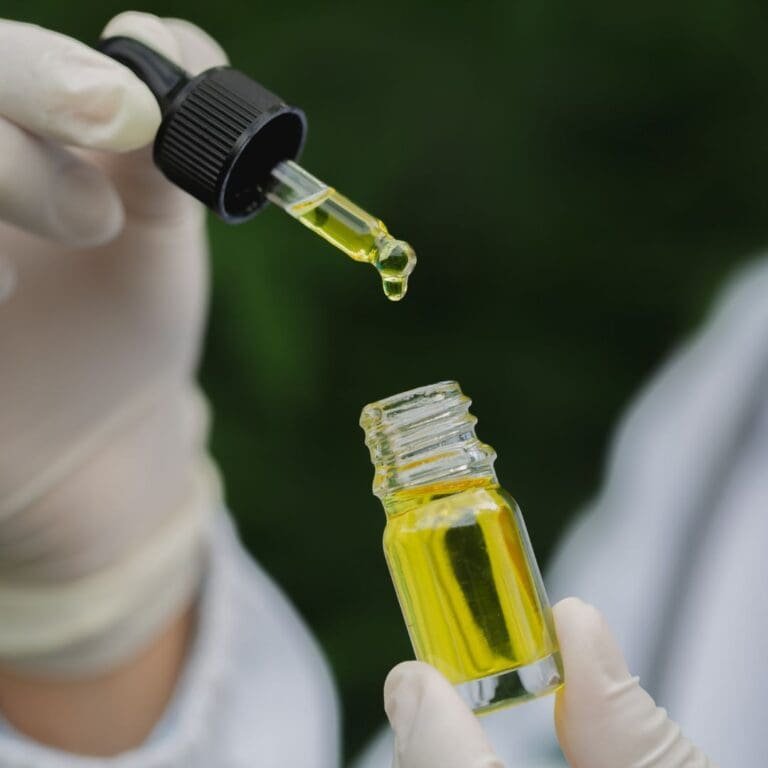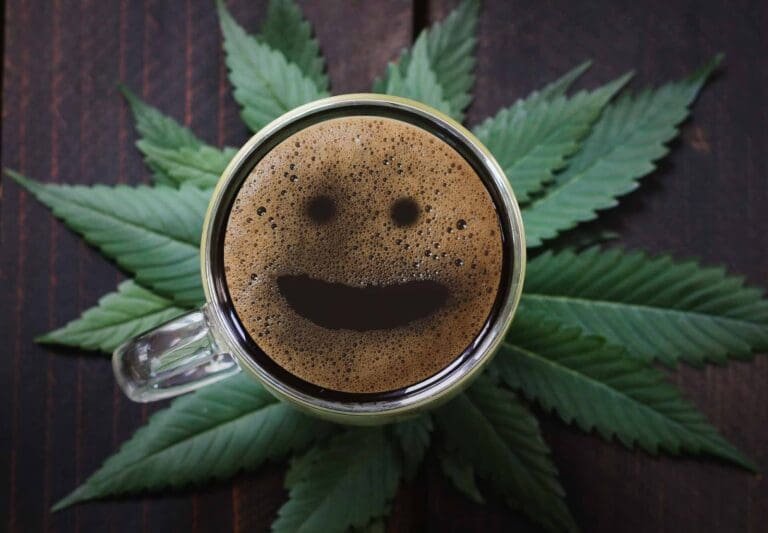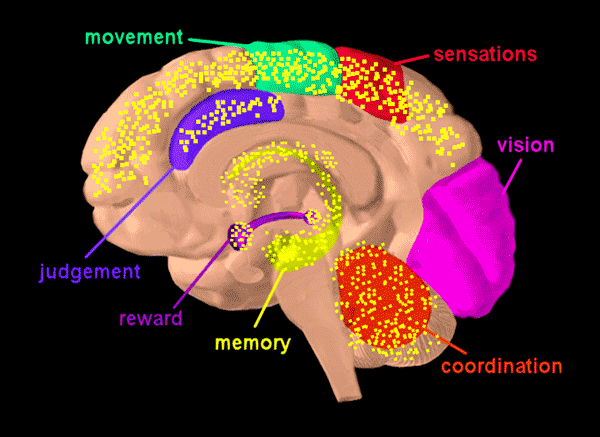THC-A Vs THC
In the dynamic world of cannabis, understanding the various compounds that make up the plant is essential for both consumers and researchers. Among the most significant cannabinoids are THC (tetrahydrocannabinol) and THC-A (tetrahydrocannabinolic acid). While these two compounds are closely related, their effects, legal statuses, and applications vary significantly. This blog delves into the intricacies of THC-A vs THC, exploring their differences and how they impact users and the industry.
THC, or delta-9-tetrahydrocannabinol, is the most well-known and psychoactive compound found in cannabis. It is responsible for the “high” that users experience when consuming marijuana. THC interacts with the endocannabinoid system, specifically binding to CB1 receptors in the brain, which leads to its characteristic psychoactive effects. This interaction can result in euphoria, altered perception, and an increased appetite, among other effects.
On the other hand, THC-A, or tetrahydrocannabinolic acid, is the non-psychoactive precursor to THC. THC-A is found in raw and live cannabis plants. It does not produce the psychoactive effects associated with THC because it does not bind to CB1 receptors in the same way. However, when THC-A is exposed to heat through a process called decarboxylation (such as smoking, vaping, or cooking), it converts into THC, gaining its psychoactive properties. This transformation is a critical factor in the discussion of THC-A vs THC, as it underscores the importance of the consumption method in determining the effects experienced by the user.
The difference between THC and THC-A flower lies in their chemical composition and the resulting effects. THC-A flower is essentially raw cannabis that has not been decarboxylated, meaning it contains high levels of THC-A and low levels of THC. This type of flower can be consumed in its raw form, often juiced or added to smoothies, to take advantage of its potential therapeutic benefits without the psychoactive effects. In contrast, THC flower has undergone decarboxylation, either naturally over time or through deliberate heating, resulting in higher THC levels and the associated psychoactive effects.

The therapeutic benefits of THC-A are a growing area of interest. Unlike THC, THC-A is non-psychoactive, making it a viable option for individuals seeking the medicinal benefits of cannabis without the high. Preliminary research suggests that THC-A may have anti-inflammatory, neuroprotective, and antiemetic properties. These potential benefits make THC-A an attractive option for patients with conditions such as arthritis, neurodegenerative diseases, and nausea.
In contrast, THC is widely recognized for its ability to alleviate pain, stimulate appetite, and reduce nausea, particularly in patients undergoing chemotherapy. Its psychoactive effects can also be beneficial for individuals dealing with anxiety, depression, and insomnia. However, the psychoactive nature of THC means it is not suitable for everyone, particularly those who need to remain clear-headed and functional during their treatment.
Legal considerations also play a significant role in the THC vs THC-A discussion. THC is a controlled substance in many parts of the world due to its psychoactive effects. This legal status can restrict access for both recreational and medicinal users. In contrast, THC-A, being non-psychoactive, often exists in a legal gray area, particularly in regions where cannabis laws are less stringent. This difference can influence the availability and legality of THC-A vs THC products, affecting consumer choices and market dynamics.
Moreover, the method of consumption greatly impacts the experience and benefits derived from THC-A and THC. Raw cannabis consumption preserves THC-A, allowing users to experience its potential health benefits without the high. Conversely, smoking or cooking cannabis activates THC, providing the psychoactive effects sought by many recreational users.
In conclusion, the comparison of THC-A vs THC highlights the complexity of cannabis and its varied effects on the human body. Understanding the difference between THC and THC-A flower is crucial for making informed decisions about cannabis use, whether for recreational or medicinal purposes. As research continues to uncover the distinct benefits and applications of these cannabinoids, consumers can better navigate their options and choose the products that best meet their needs. The evolving legal landscape and growing interest in cannabis compounds further emphasize the importance of staying informed and understanding the nuances of THC vs THC-A.







